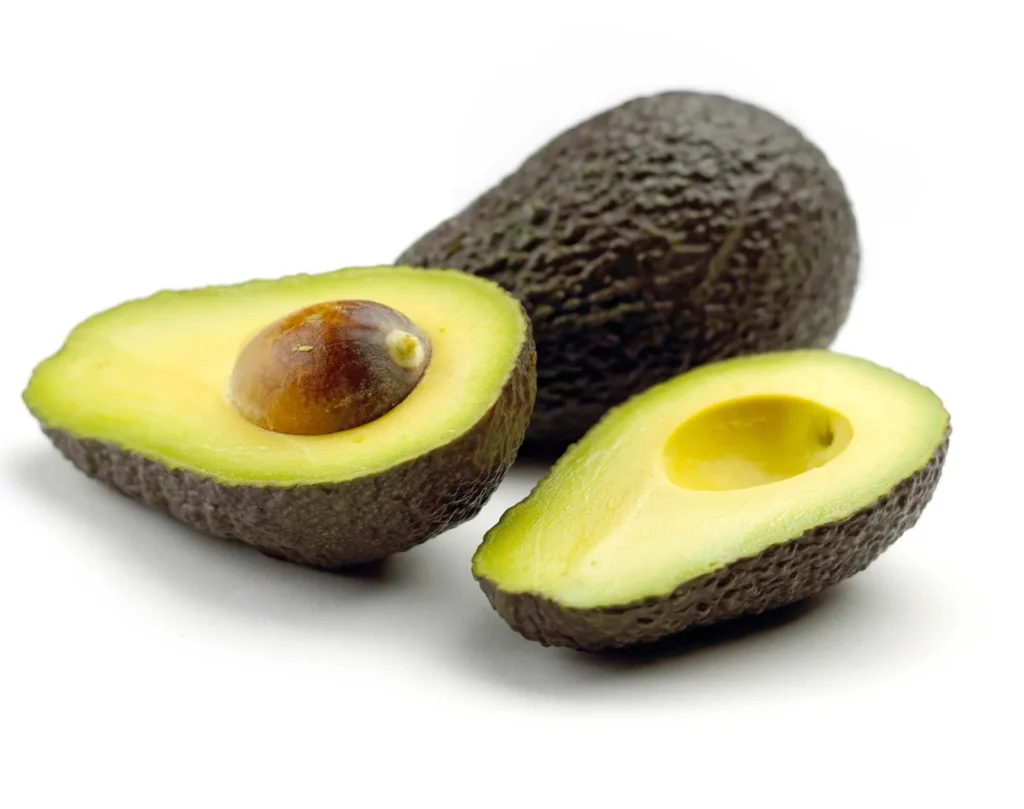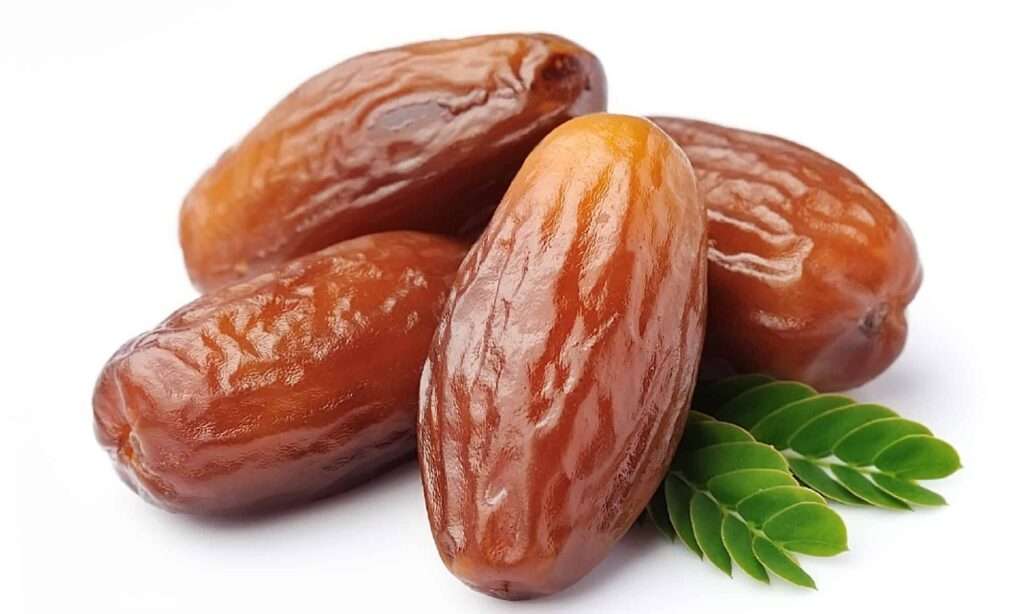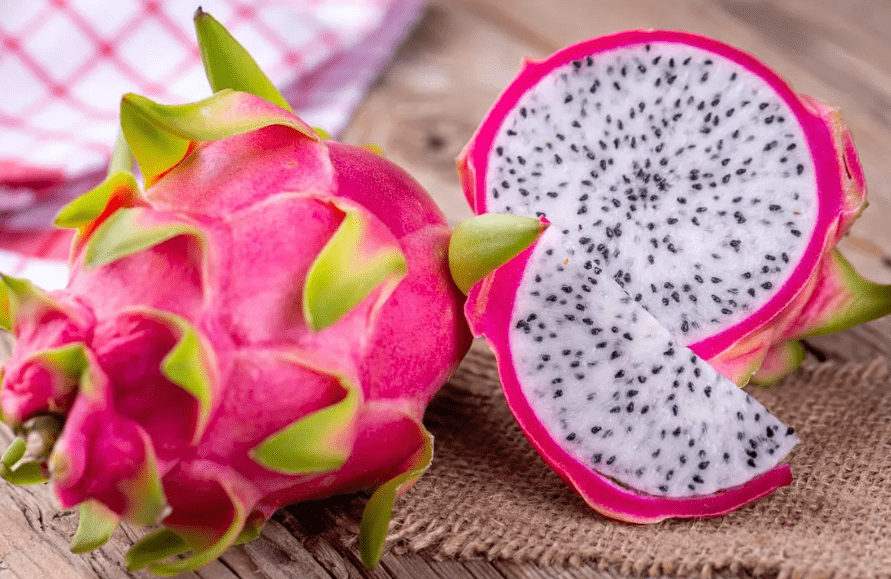
Description
Depending on the Mexican race, the fruit may occasionally weigh 1-2 kg (2-4 pounds) or be little larger than an egg. The hues range from green to deep purple, and the shape can be either pear-shaped or spherical with a long, slender neck. Botany classifies the fruit as a berry and describes it as having a single, massively spherical seed with two cotyledons. The fruit’s outer peel can range in thickness from being little thicker than an apple’s to being tough and woody in texture. Avocado fruits have green or yellowish flesh with a buttery flavour and texture.
Avocado Varieties
The three main avocado races are Mexican, Guatemalan, and West Indian, with a combined total of more than 1,000 varieties. The Mexican race is native to Mexico and can be identified by its small, thin-skinned fruits (weighing 90-240 grams), which have a rich flavour, and its anise-like scented leaves. Mexican avocados are the hardiest types, able to flourish where other varieties cannot.
The Guatemalan race, which is indigenous to the Central American highlands, produces medium to large (240–1,000 gram) fruits that are distinguished by thick woody skins and a different ripening season from the others. It is slightly less frost-resistant than the Mexican race. The West Indian race, which has the most tropical characteristics, is only cultivated in southern Florida in the United States. The most widely grown kind of avocado in the United States is the Mexican-Guatemalan hybrid known as Hass avocado.

Uses
They are usually eaten in salads and are commonly eaten as dessert in many cultures. It is a good source of linoleic acid and is also high in monounsaturated fats.
Nutrition
About 240 calories, 13 g of carbohydrates, 3 g of protein, 22 g of fat, 10 g of fiber, and 11 mg of sodium are found in one medium avocado.
Cultivation
Avocados need a climate without frost and minimal wind because they are a subtropical species. High winds have an adverse effect on pollination, dry out the flowers, and reduce humidity. The ‘Hass’ cultivar can withstand temperatures as low as 1 °C, although even a mild frost might cause premature fruit loss. Gainesville, Florida, is home to a number of cold-hardy cultivars that can withstand low temperatures of up to 6.5 °C (20 °F) with just slight leaf loss. But Guatemalan cultivars like “MacArthur,” “Rincon,” or “Nabal” can resist low temperatures of just 1.6 °C (29 °F).
Table





